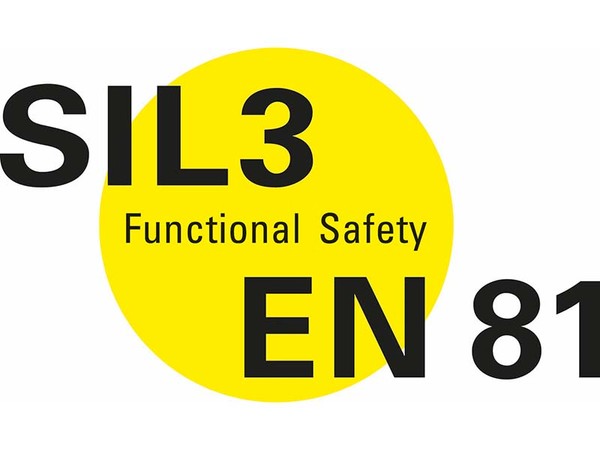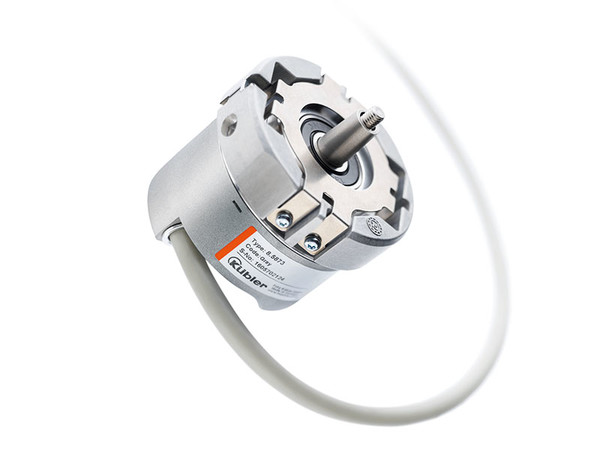Sensors: the backbone of predictive maintenance
Kübler encoders and shaft copying systems meet the conditions for predictive maintenance by facilitating signal transmission via a digital interface (e.g. BISS or CAN) to the cloud.
These sensor data are then interpreted correspondingly in real time by remote maintenance software and recorded in a database. Countless data, evaluations and automated processes are produced via algorithms by all kinds of sensor units that form part of a lift system.
As a result, the customer order, work instruction, the spare part needed, the appropriate assembly kit and fastest approach route are automatically shown to a technician by app.
Moreover, thanks to the networking, the technicians have access to digital drawings, documents and handbooks. Kübler products can transmit technical information by an electronic type plate (e.g. about the encoder, attached to the drive).
What role do position data play?
 Photo: © Kübler
Photo: © KüblerThe shaft situation and location of the car is mapped in the controller by the shaft copying system. The precise status of the car in the shaft is passed on as digital bit pattern. If you transfer these digital bit patterns, you can evaluate the data regarding status, usage or travel comfort.
Simply through the change in the positional data, it becomes evident in real time whether the lift is in operation or moving and where it currently is. By recording the positional changes, you can identify and evaluate the number of trips, distance travelled and the most visited stops.
Currently, this data is visualised and monitored by monitoring systems. In emergency situations, the exact building and lift number and lift position is passed on automatically to the evacuation personnel without time expenditure. If particular stops are visited more frequently, the most used operating elements or door contacts can for example be replaced predictively before they fail.
Calculate discrepancies
 Sendix 5873 absolute single turn encoder with a resolution of up fully digital to 21 bits. Photo: © Kübler
Sendix 5873 absolute single turn encoder with a resolution of up fully digital to 21 bits. Photo: © KüblerThe Kübler shaft copying system also contributes to travel quality, which should be as free of jerking and as pleasant as possible, according to the company. Among other things, this is facilitated by interpretation of the position and speed data of modern controllers and frequency converters. Nevertheless, anomalies, such as vibrations, jerking or divergences in halting precision can occur.
Kübler sensors help to calculate discrepancies (e.g. slippage) and identify anomalies at particular shaft positions. The use possibilities of positional data are very versatile. They support operators on the road to digitalisation – with data that can simplify evaluations in predictive maintenance analyses.
More information: kuebler.com/aufzug


























Write a comment